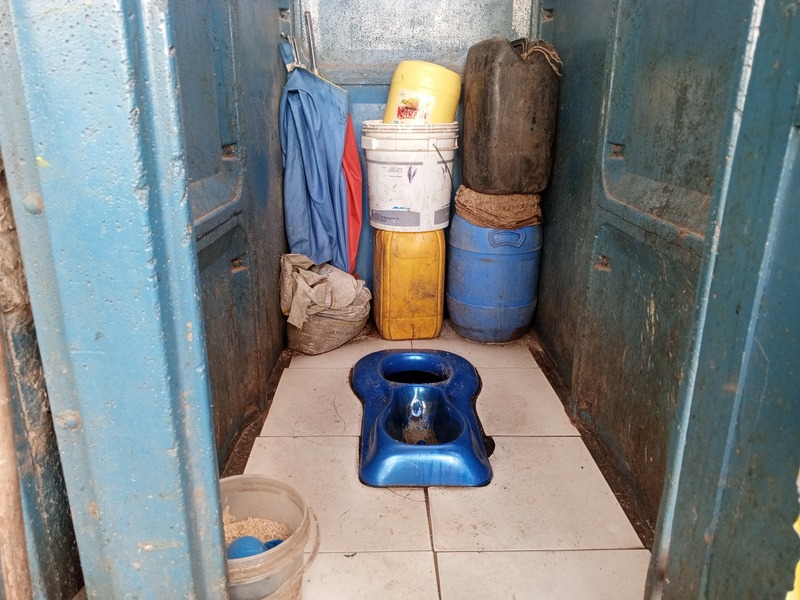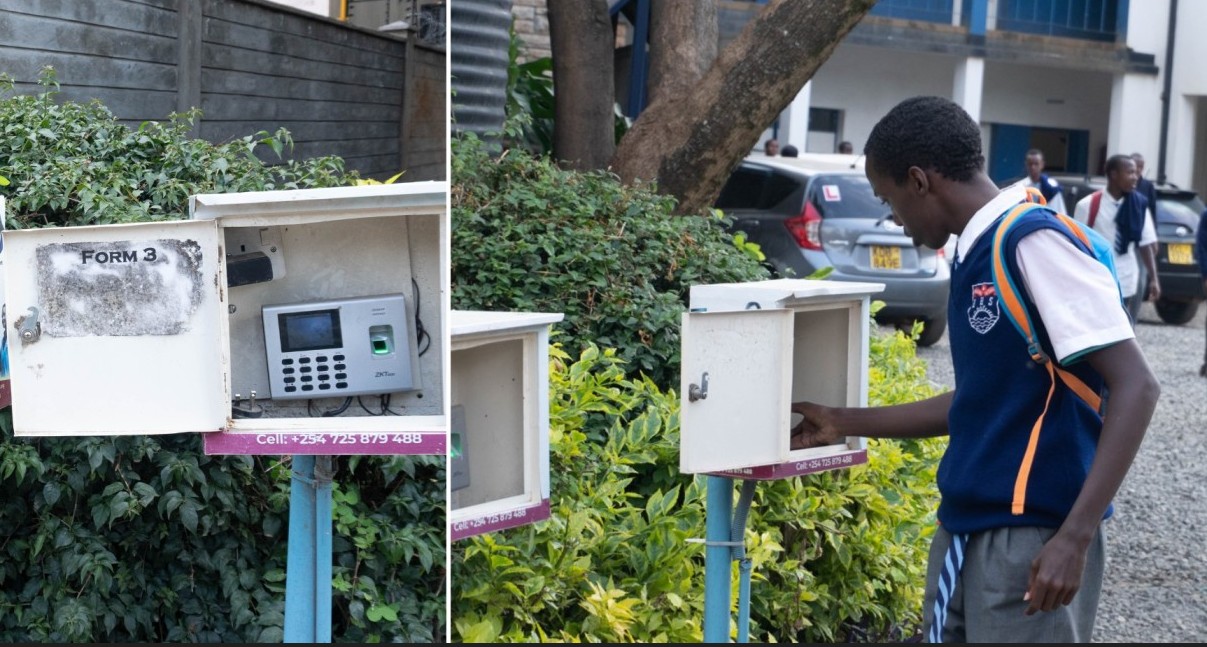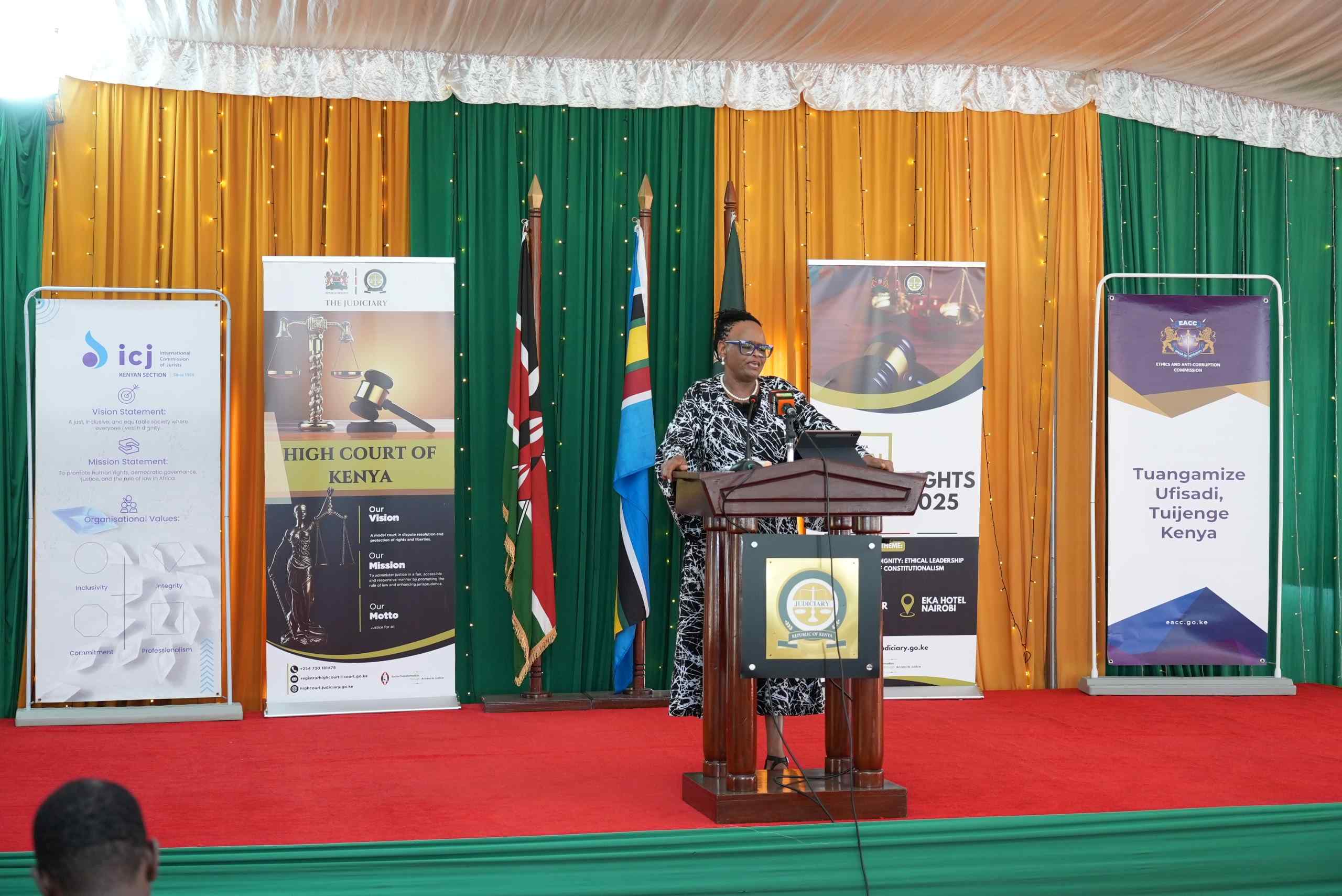Eastleigh's sawdust toilets and how they work

Sawdust collected from toilets mixed with human waste can be utilized in various ways, primarily in the context of composting toilets.
In Nairobi County, the majority of people are accustomed to using modern flushable toilets that rely on water for sanitation.
However, in the bustling streets of Eastleigh, where access to such facilities is crucial, toilets hold significant importance for residents and traders who frequent the area. While many prefer water-based solutions, some individuals have adopted alternatives like sawdust.
More To Read
- Tatu City hosts Muslim business community to explore new investment opportunities
- How community initiative is reviving Eastleigh’s cricket legacy
- Daua Dam, irrigation masterplan gain momentum after high-level talks in Nairobi
- Eastleigh MCA blames county officials for destruction of newly built Captain Mungai Street
- Youth football comes alive in Eastleigh as Fazam Academy clinches Moi Cup title
- Eastleigh’s 24-hour economy key to Kenya’s commerce, says CS Lee Kinyanjui
"Here in Eastleigh, access to clean and convenient toilets is essential for everyone," says Jonina Kabura, a toilet vendor.
Partnering with Fresh Life, Kabura has embraced the use of sawdust as an eco-friendly alternative to water-based sanitation. Despite facing challenges such as resistance from those accustomed to water-based toilets and discomfort with the idea of using sawdust, Kabura remains steadfast in her commitment to providing a hygienic solution for the community.
"It's not always easy convincing people to try something new, especially when it comes to something as personal as using the toilet," Kabura explains. "But once they see the benefits – the cleanliness, the convenience – they often become enthusiastic supporters."
The use of sawdust toilets has particularly benefited women, providing a cleaner and more comfortable experience without the fear of splashing water.
"As a woman, cleanliness and hygiene are top priorities for me," shares Joan Kawira, a resident of Eastleigh. "The sawdust toilet has been a game-changer. I no longer have to worry about dirty floors or splashing water. It's a much more pleasant experience overall."
 Jonina Kabura toilet vendor in Eastleigh. (Charity Kilei)
Jonina Kabura toilet vendor in Eastleigh. (Charity Kilei)
Joseph Maina, another frequent user of the sawdust toilet, echoes similar sentiments. "The toilet has made life so much easier for us. No more struggling to find a clean and comfortable place to go. The sawdust method is simple, efficient, and user-friendly."
Bonface Karanja, a long-time resident of Eastleigh, emphasizes the broader impact of the sawdust toilets on the community. "Having access to clean toilets has not only improved our hygiene but has also contributed to a cleaner environment overall," Karanja observes. "It's a win-win situation for everyone."
Toilet use
To use the toilet, the vendor provides tissue paper, and sawdust is readily available inside. After use, customers simply sprinkle a cup of sawdust to cover the waste, and the toilet is regularly serviced to ensure proper waste disposal.
"We take pride in maintaining our toilets to the highest standards of cleanliness and hygiene," Kabura affirms. "Our partnership with Fresh Life ensures that waste is removed daily, contributing to a healthier and cleaner environment for everyone."
"We source our sawdust locally, primarily from vendors in the woodworking industry, ensuring it's readily available for our toilet operations," said Kabura
Many toilet vendors in Eastleigh have adopted this cost-effective and labor-efficient method, which minimizes water usage for handwashing and general cleaning. "It's not just about providing a service, it's about making a positive impact on the community," Kabura reflects. "And I'm grateful to be a part of that."
Other Topics To Read
According to the Water Sanitation and Hygiene (WASH) joint monitoring program report (2019) by the World Health Organisation and Unicef, only 59 per cent of Kenyans have access to basic water services and only 29 per cent have access to sanitary services.
Sawdust collected from toilets mixed with human waste can be utilized in various ways, primarily in the context of composting toilets.
Here's how it can be used:
Composting: The primary purpose of mixing sawdust with human waste in composting toilets is to facilitate the composting. The mixture of sawdust and human waste provides an ideal environment for aerobic decomposition. Over time, microorganisms break down the organic matter, transforming it into nutrient-rich compost.
Soil Amendment: Once the composting process is complete and the mixture has fully decomposed, the resulting material can be used as a soil amendment. This compost is rich in organic matter, nutrients, and beneficial microorganisms, making it an excellent fertilizer for plants. It improves soil structure, fertility, and water retention capabilities.
Fertilizer: Composted human waste mixed with sawdust can serve as a nutrient-rich fertilizer for non-edible plants, such as trees, shrubs, flowers, and ornamental plants. However, it's essential to ensure that the composting process is thorough to eliminate any potential pathogens and to adhere to safety guidelines for its use.
Mulching: Composted human waste and sawdust can also be used as mulch in gardening and landscaping. It helps retain soil moisture, suppresses weed growth, regulates soil temperature, and adds organic matter to the soil as it decomposes further.
Energy Generation: In some cases, composted human waste mixed with sawdust can be used as a feedstock for biogas production. Through anaerobic digestion, methane gas can be extracted from the composting material and used as a renewable energy source for cooking, heating, or generating electricity.
However, when using composted human waste mixed with sawdust, it's crucial to follow proper composting procedures, ensure thorough decomposition, and adhere to safety regulations and guidelines regarding the use of human waste-derived materials.
Top Stories Today















































